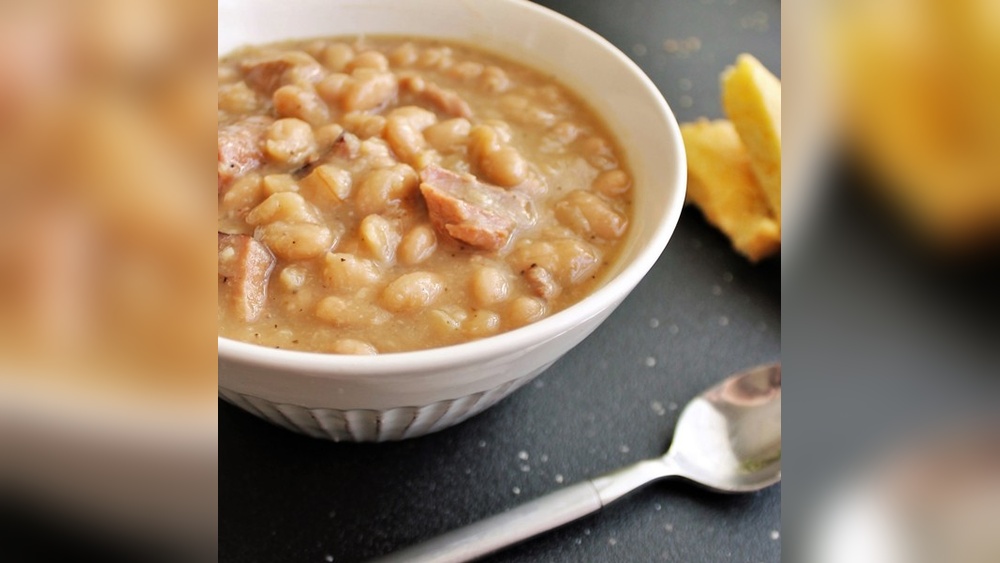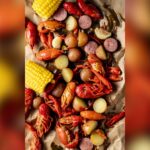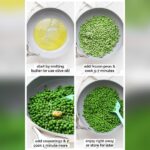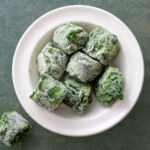If you’ve ever wanted to master cooking Great Northern beans that are tender, flavorful, and perfect every time, you’re in the right place. Whether you’re making a hearty soup, a savory stew, or a simple side dish, knowing how to cook these beans properly can elevate your meals and impress your family and friends.
You might wonder if soaking is necessary, how long to cook them, or what tricks make these beans taste their best. This guide will answer all those questions and more, helping you unlock the full potential of Great Northern beans with easy-to-follow steps.
Get ready to transform your cooking and enjoy delicious beans that melt in your mouth!
Great Northern Beans Basics
Great Northern Beans are medium-sized white beans. They have a mild, nutty flavor and a firm texture that softens when cooked. These beans are popular in soups, stews, and casseroles because they absorb flavors well.
They provide many nutritional benefits. Great Northern Beans are rich in protein, fiber, and iron. They have low fat and no cholesterol, making them heart-healthy. These beans also contain important vitamins like folate and magnesium.
Common uses include adding them to soups, chili, baked beans, and salads. They work well in dishes that require slow cooking. Their mild taste blends easily with herbs and spices, enhancing many meals.

Preparing Beans For Cooking
Soaking Great Northern beans softens them and cuts cooking time. Beans soak up water and swell, which helps them cook evenly. It also helps remove some gas-causing parts, making beans easier to digest.
The quick soak method saves time. Boil beans for 2 minutes, then let them sit covered for 1 hour. Drain and rinse before cooking. This method works well if you forgot to soak overnight.
No-soak cooking is possible but takes longer. Beans need more water and time to become tender. To help, add a pinch of baking soda during cooking to soften beans faster.
Cooking Techniques
Stovetop Method requires rinsing and soaking beans for at least 4 hours. Drain and cover with fresh water. Bring to a boil, then reduce heat to simmer. Cook for 1 to 1.5 hours until beans are tender. Stir occasionally and add water if needed. Salt should be added near the end of cooking to avoid tough skins.
Pressure Cooker Method saves time and energy. Rinse and soak beans for 1 to 2 hours. Add beans and water to the cooker, about 3 cups water per cup of beans. Cook under high pressure for 20 to 25 minutes. Let pressure release naturally for best texture. Quick release may cause beans to break.
Slow Cooker Method is ideal for hands-off cooking. Rinse beans and soak overnight. Drain and place in slow cooker with fresh water, using 3 cups water per cup of beans. Cook on low for 6 to 8 hours or on high for 3 to 4 hours. Add salt and seasonings in the last hour.

Flavor Enhancements
Herbs and spices can give great northern beans a rich flavor. Use bay leaves, thyme, or rosemary for a fresh taste. Cumin and paprika add warmth and depth.
Onions, garlic, and celery are perfect aromatics for beans. They release tasty oils when cooked. Sauté them before adding beans to boost flavor.
Balancing seasonings means using the right amount of salt and pepper. Add salt after beans are soft to avoid tough skins. A little acid like vinegar or lemon juice brightens the dish near the end of cooking.
Troubleshooting Common Issues
Beans too hard often mean they need more cooking time. Older beans or hard water can make cooking slower. Adding a pinch of baking soda to the water can help soften them faster. Keep the pot covered and simmer gently for best results.
Beans too mushy happen when cooked too long or at too high heat. Watch the cooking time closely and test beans often. Remove from heat as soon as they feel tender but still hold their shape.
Off flavors can come from old beans or poor water quality. Rinsing beans well before cooking removes dust and dirt. Using fresh herbs like bay leaf or garlic during cooking can improve taste. Avoid salt until beans are soft, as salt can toughen their skins.
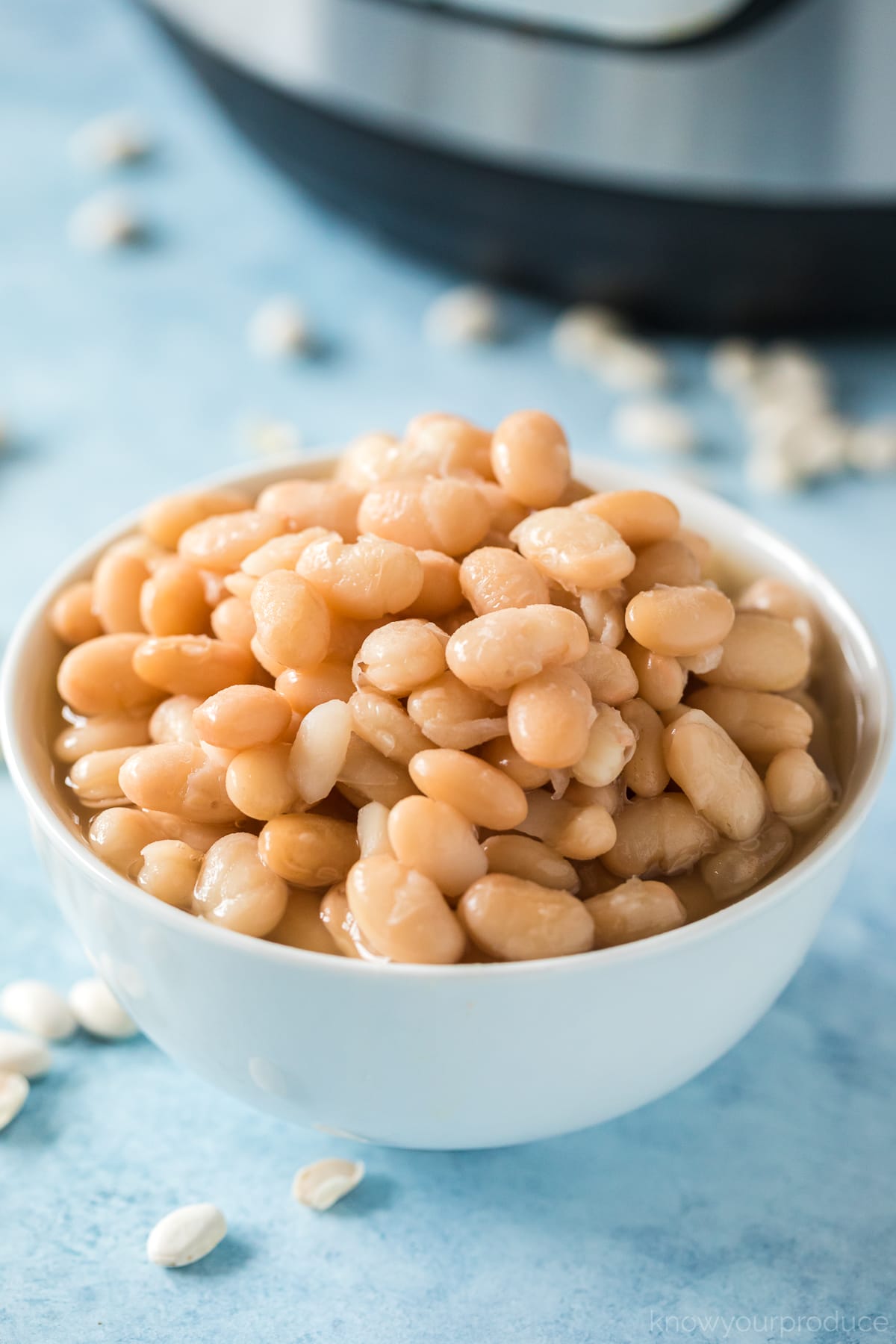
Serving Suggestions
Soups and Stews: Great Northern beans add a creamy texture and mild flavor to soups and stews. They blend well with vegetables, herbs, and meats. Try them in chili, vegetable soup, or a hearty stew for a filling meal.
Salads and Sides: Use cooked beans cold or warm in salads. They pair nicely with fresh greens, tomatoes, and a light vinaigrette. Great Northern beans also make a tasty side dish when seasoned simply with olive oil, salt, and pepper.
Main Dish Ideas: These beans can be the star of your meal. Combine with rice, spices, and vegetables for a vegetarian dish. Or mix with sausage and tomato sauce for a rich, comforting plate. Their mild taste fits many recipes.
Frequently Asked Questions
Do You Have To Soak Great Northern Beans Before Cooking?
No, you don’t have to soak Great Northern beans before cooking. Soaking reduces cooking time, improves texture, and aids digestion. Unsoaked beans take longer to cook and may cook unevenly. Using a pressure cooker helps cook unsoaked beans faster but soaking yields better results.
How Long To Boil Great Northern Beans?
Boil soaked great northern beans for 45 to 60 minutes until tender. Unsoaked beans take about 90 minutes to cook.
What Is The Water Ratio For Great Northern Beans?
Use 3 cups of water for every 1 cup of great northern beans. This ratio ensures proper cooking and tenderness.
How To Cook Great Northern Beans On The Stove Without Soaking?
Rinse Great Northern beans well. Boil them in fresh water for 1-2 hours until tender. Stir occasionally and add salt near the end. Use low heat to prevent splitting. Cooking without soaking takes longer but yields creamy, soft beans perfect for soups or stews.
Conclusion
Great Northern beans cook well with simple steps and patience. Soaking helps beans cook faster and digest easier. Use fresh ingredients like garlic or herbs to add flavor. Stir often and watch the beans to avoid burning. Cooking beans slowly gives them a soft, creamy texture.
Enjoy them in soups, salads, or as a side dish. With practice, cooking these beans becomes quick and easy. Try different recipes to find your favorite taste. Beans are healthy, filling, and affordable for any meal. Keep these tips in mind for perfect Great Northern beans every time.

Yes, working as , Food Blogger and Product Reviewer for last 6 years. Here you will get amazing deals for Smart kitchen products. I am your best source for the latest update in cooking trends. I provide insightful articles, reviews, and analysis on cutting-edge kitchen gadget. My mission is to empower readers with the knowledge they need to stay ahead in a rapidly evolving coking world. Join me as we explore the future of food technology and how it shapes our lives today and tomorrow.

